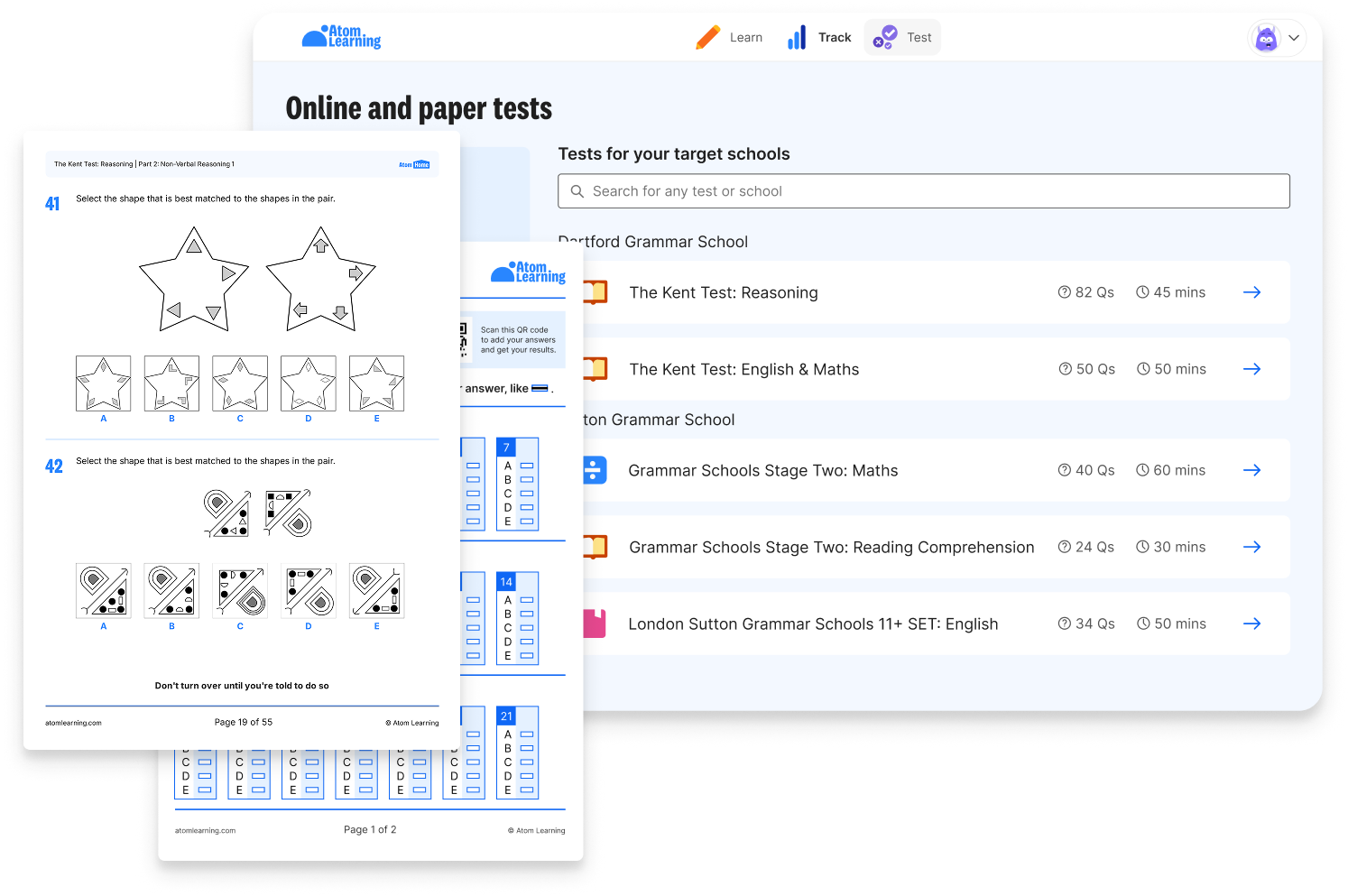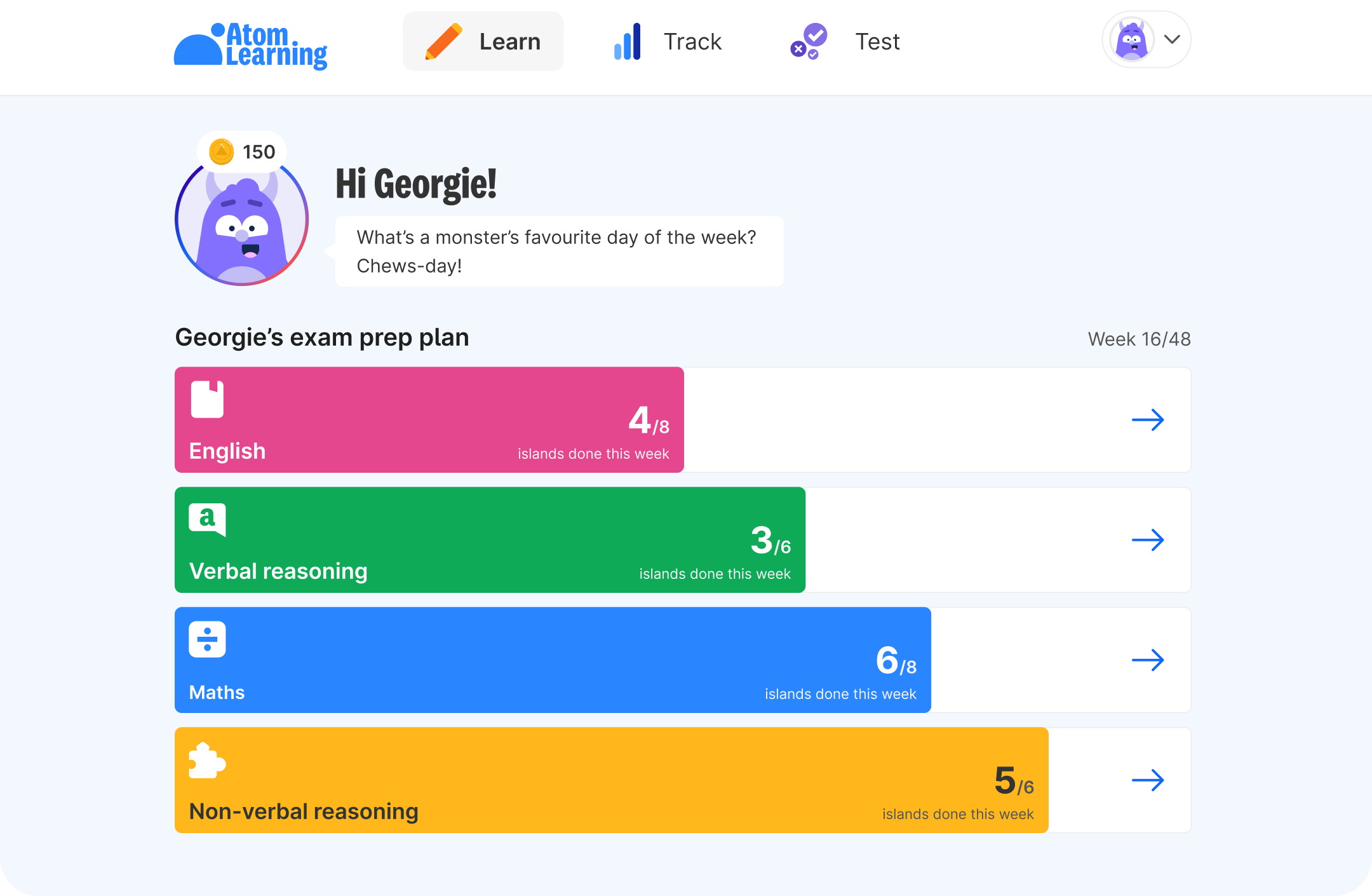Every October, hundreds of thousands of families in the UK need to complete the secondary school common application form. Local authorities use this form to find a secondary school place for every child in the area.
Choosing a secondary school for your child is a big decision, and it’s important to complete the form carefully. Unfortunately, each year some children are allocated a place at a school that is not appropriate or a preferred option. You can avoid this by making sure you understand the school admissions criteria and the process of allocation.
Keep reading to find out everything you need to know about completing your secondary school common application form, or watch the video below for Hannah's top tips!
When do I need to complete the CAF?
You will need to complete your school application form when your child is in Year 6. Local authorities usually open the application process in early September. You can find the details for your local authority on gov.uk.
The national deadline for completing the school application form is at 11.59pm on 31st October. It’s still possible to apply for a place if you miss the deadline, but children whose forms were submitted by the deadline are prioritised.
Remember that you must complete the CAF for your home local authority. This is still the case even if some of your preferred schools are in different authority areas. You only need to complete one form – the information will be passed to the relevant authorities.
It’s a good idea to keep a copy of your CAF (e.g. a printout of the dated online application). You might also wish to get proof of submission – such as a screenshot of the form submission page, or if sent by post, paying for tracked delivery. If you end up appealing a decision, you can use this as evidence.
How do schools decide which children to offer places to?
Every school has a published admission number (PAN), which is the number of places available. If the number of children who apply to the school exceeds the PAN, schools use admissions criteria to prioritise places.
Grammar schools can select all their pupils based on results in the 11 plus exam. They also don’t have to fill all their places if children have not reached the qualifying standard. However, most grammar schools are oversubscribed. When this happens, they use oversubscription criteria to prioritise places.
The admissions criteria varies between schools, so it's best to read each admissions policy carefully. As a guide, here are some common criteria schools use (in no particular order):
- Children who live in the school’s catchment area (sometimes called a ‘designated area’)
- Children in care, or who have previously been in care (known as 'looked after children' and 'previously looked after children')
- Children who have an Education, Health and Care Plan (EHCP) which names the school
- Children who receive Pupil Premium or Free School Meals
- Children of a particular faith (if applying to a Faith school)
- Children who have a parent employed at the school, or a sibling currently at the school
The local authority allocates places based on the school’s criteria. If your child is high on the priority list for your first choice school, they will be allocated a place. If not, they will be considered for a place at your second choice, and so on.
How many schools can I list on the CAF?
Most local authorities will let you list up to three or four secondary schools. If you live in London, you can apply for up to six schools.
It is strongly encouraged to use all the preference options available to you on the form. This is because:
- It makes it less likely that your child will be allocated a place at a school you haven’t listed.
- If your child isn’t allocated a place at one of your top choices, they’re more likely to be allocated to another of your preferences.
Which order should I enter my preferred schools on the CAF?
You should always put the schools in your real order of preference, while making sure that your preferences are realistic.
Remember, schools don’t know which order they are listed on a CAF. Schools can't penalise you by not putting them at the top of your list. Only your local authority will know which schools you have listed in order of preference.
If your child has taken the 11 plus for grammar school entry, you must list the grammar schools you are applying to first. These should be listed in order of preference before listing any non-grammar schools. If your child doesn’t qualify for a grammar school place, or if other children are prioritised, they will be allocated a place at the highest non-grammar school on your list.
Look at your preferred schools’ admissions policy and make sure that your child is eligible for all of them. For example, does the school have a designated catchment area, and does your child live within it? If so, they may be more likely to be allocated a place at that school.
If your target school says that it has never accepted pupils who live more than 5 miles away – and you live 10 miles away – it would be a waste to list the school as a preference. However, if your child lives close to the catchment area and fulfils many of the other criteria (e.g. a high 11 plus score, if applying to a grammar school), there may be a greater chance that they will be allocated a place. Check your target schools’ websites for specific information, or speak to a member of the admissions team.
Your final preference should still be a school that you would be happy for your child to attend, and which they’re very likely to be given a place at.





